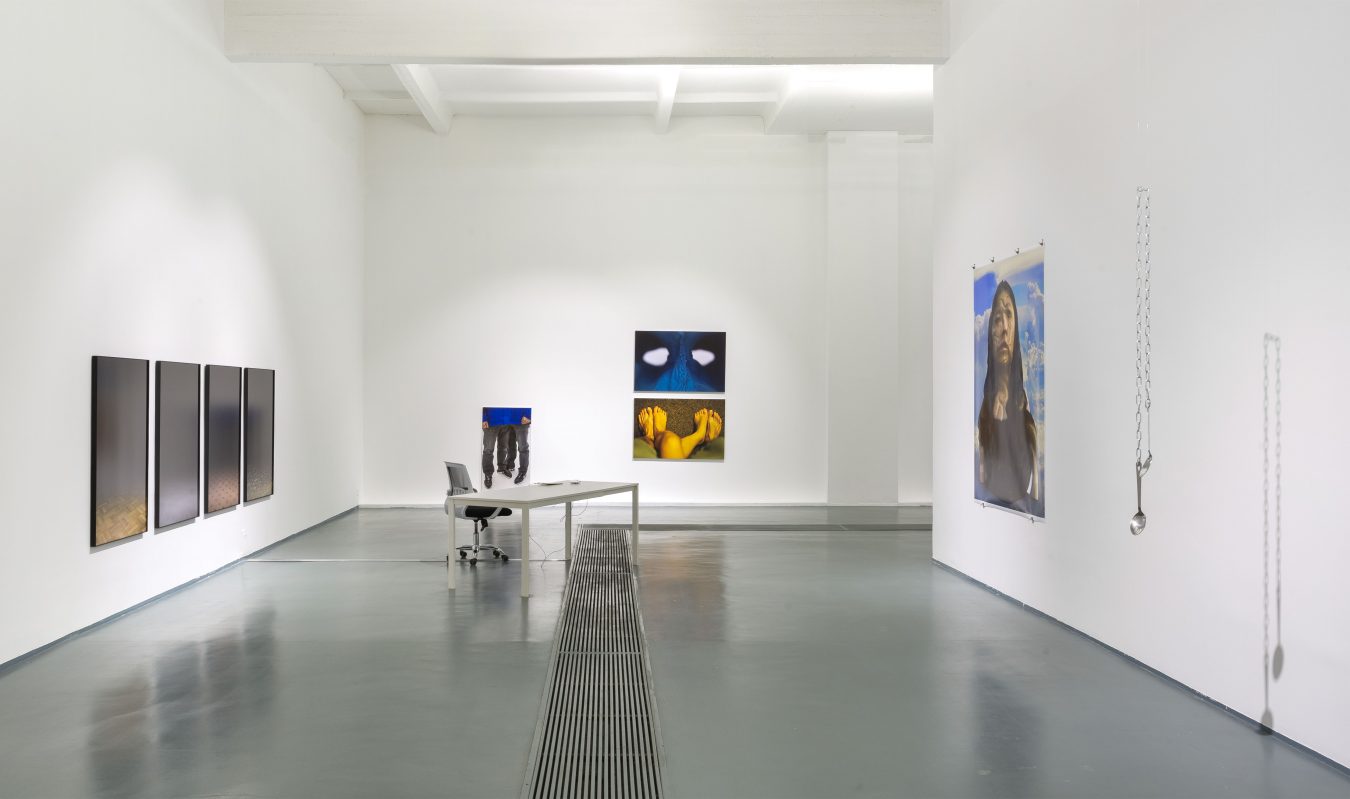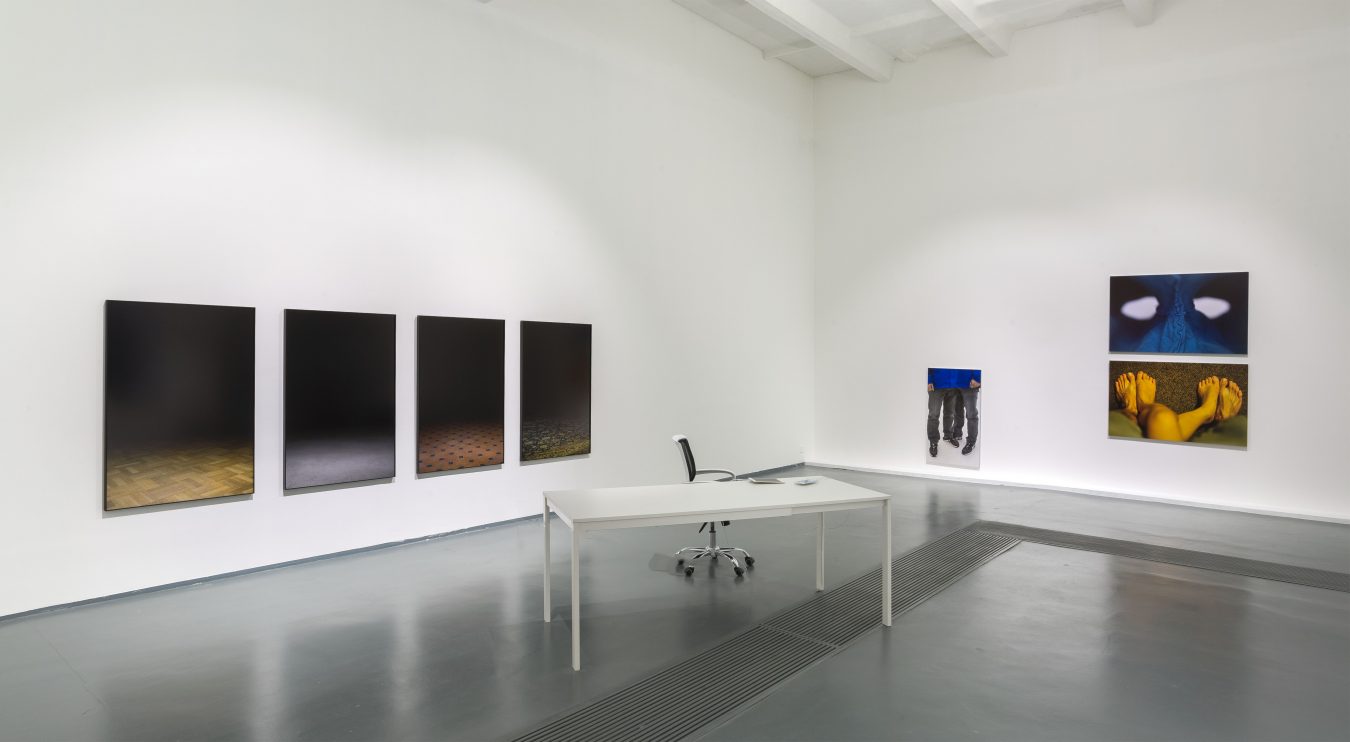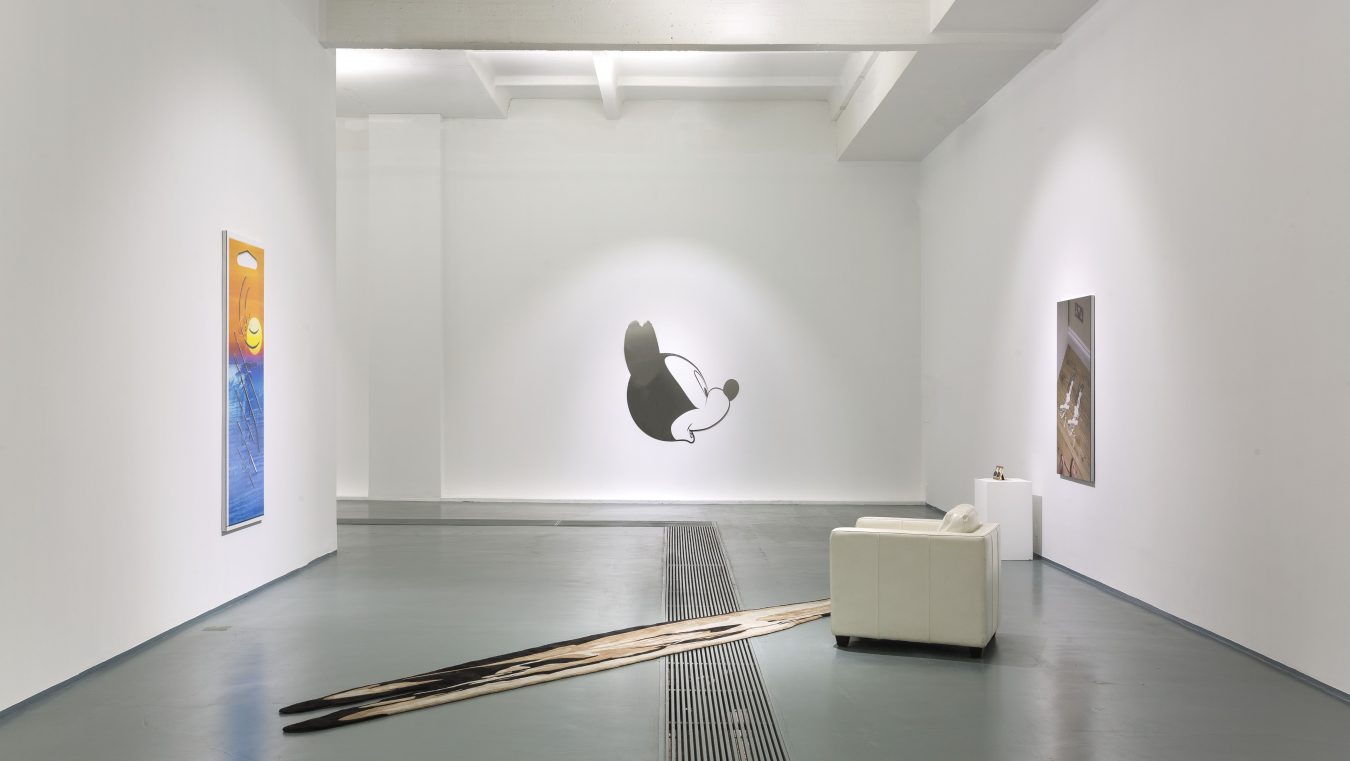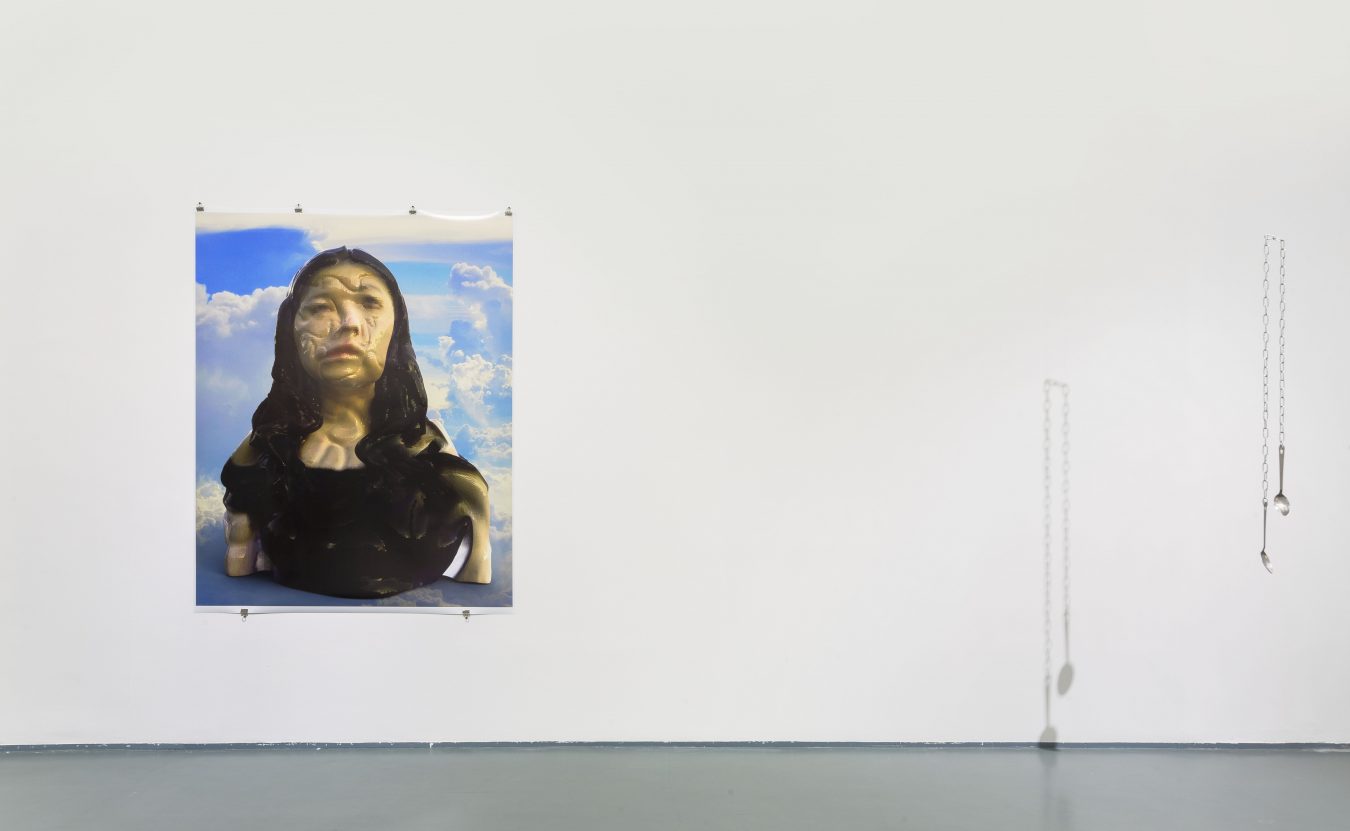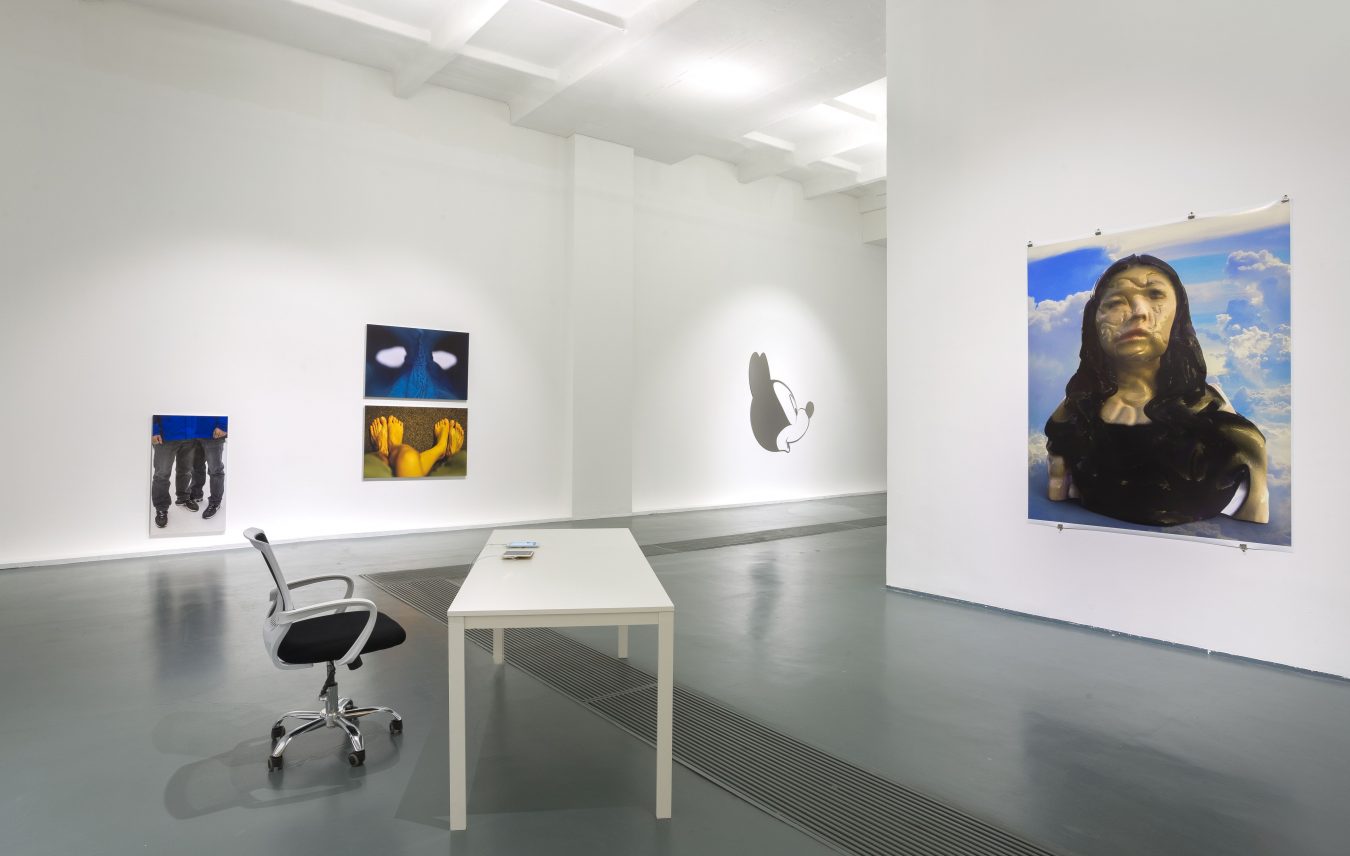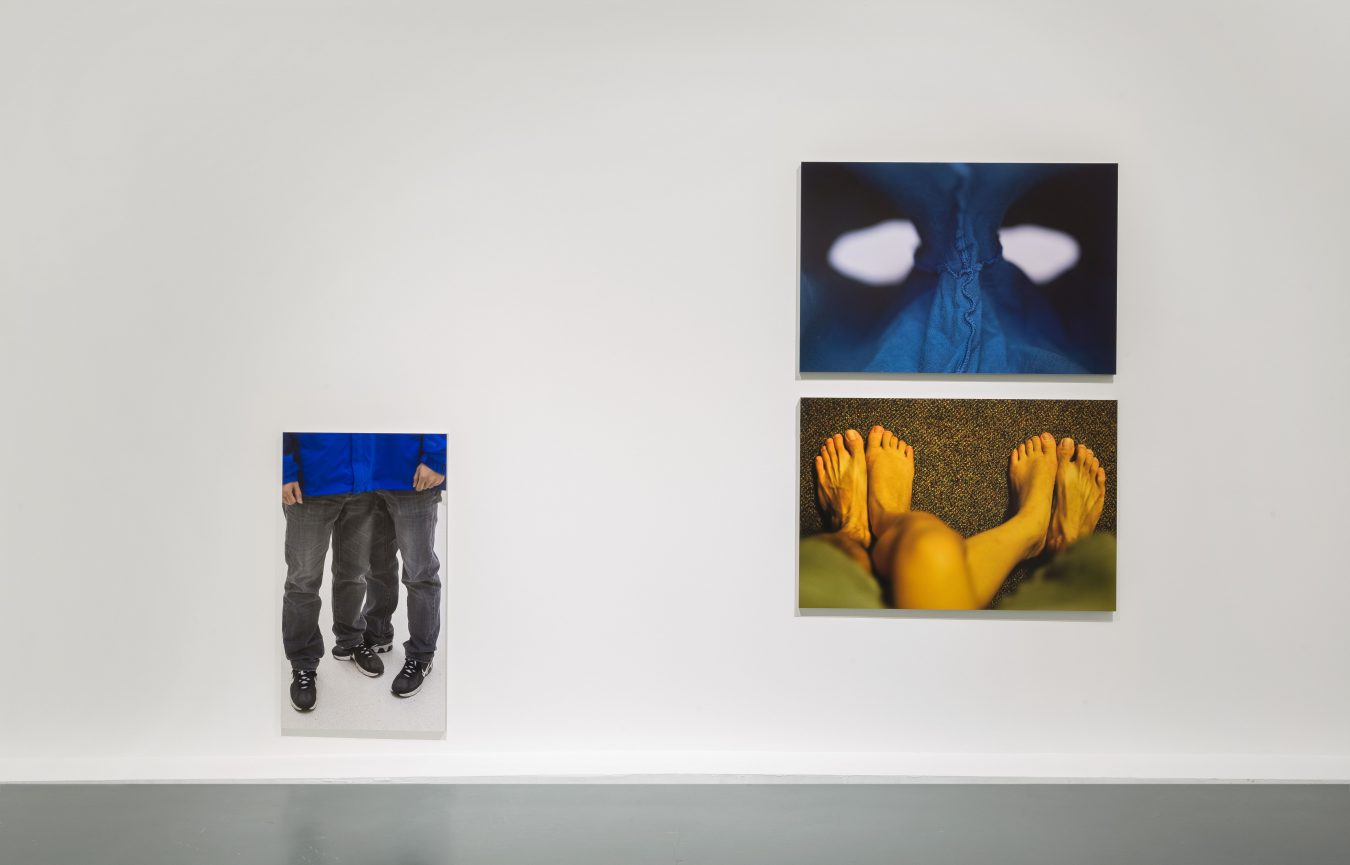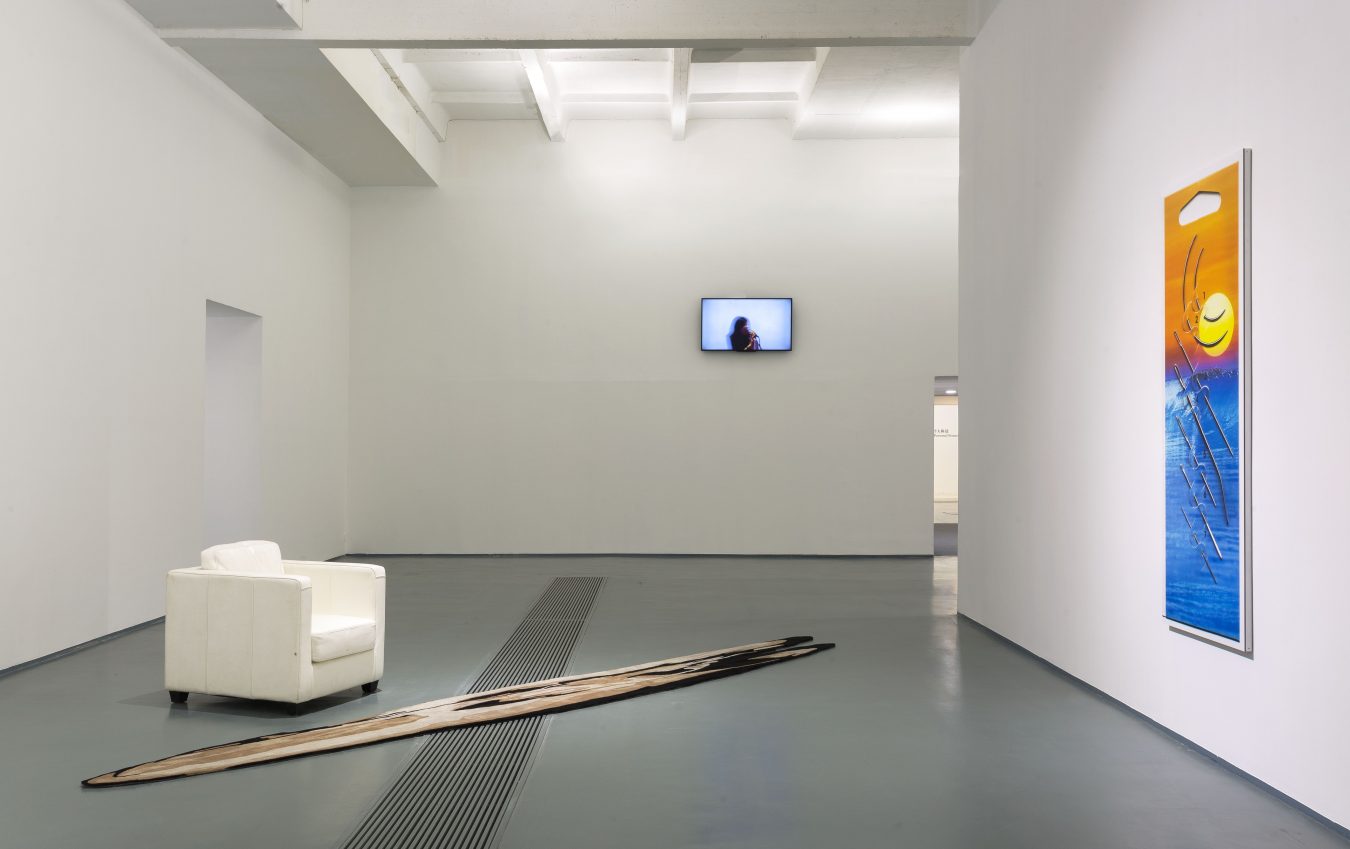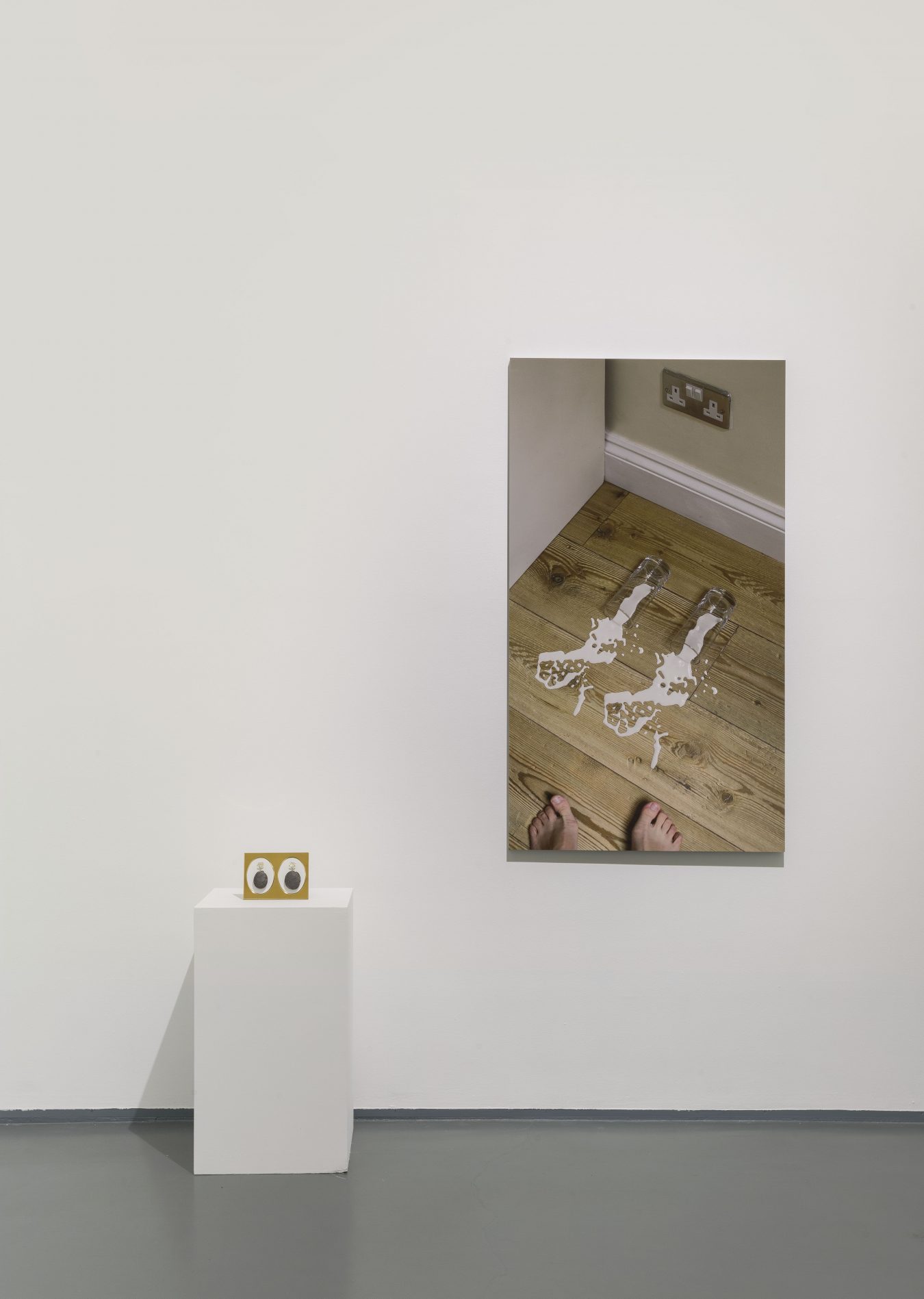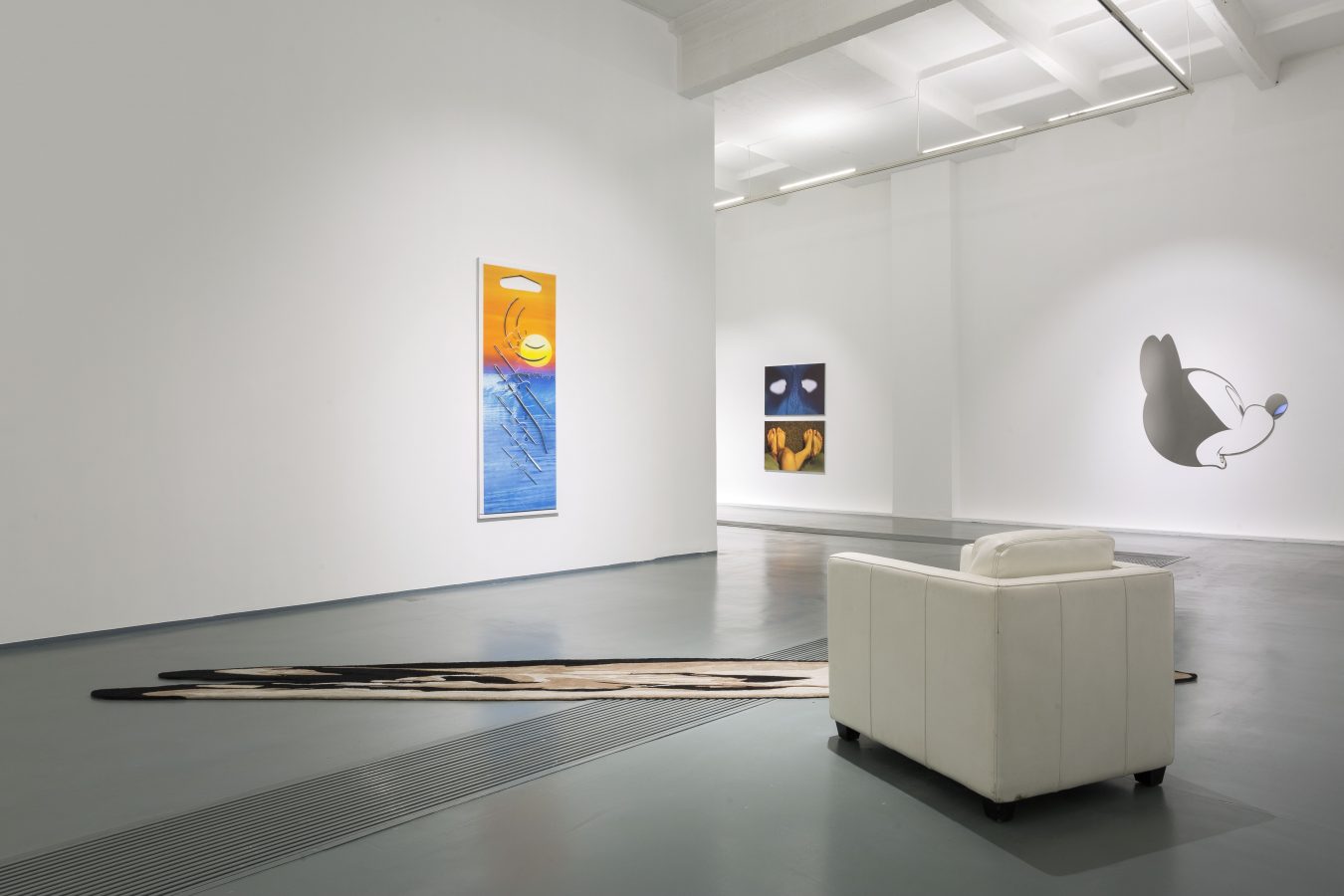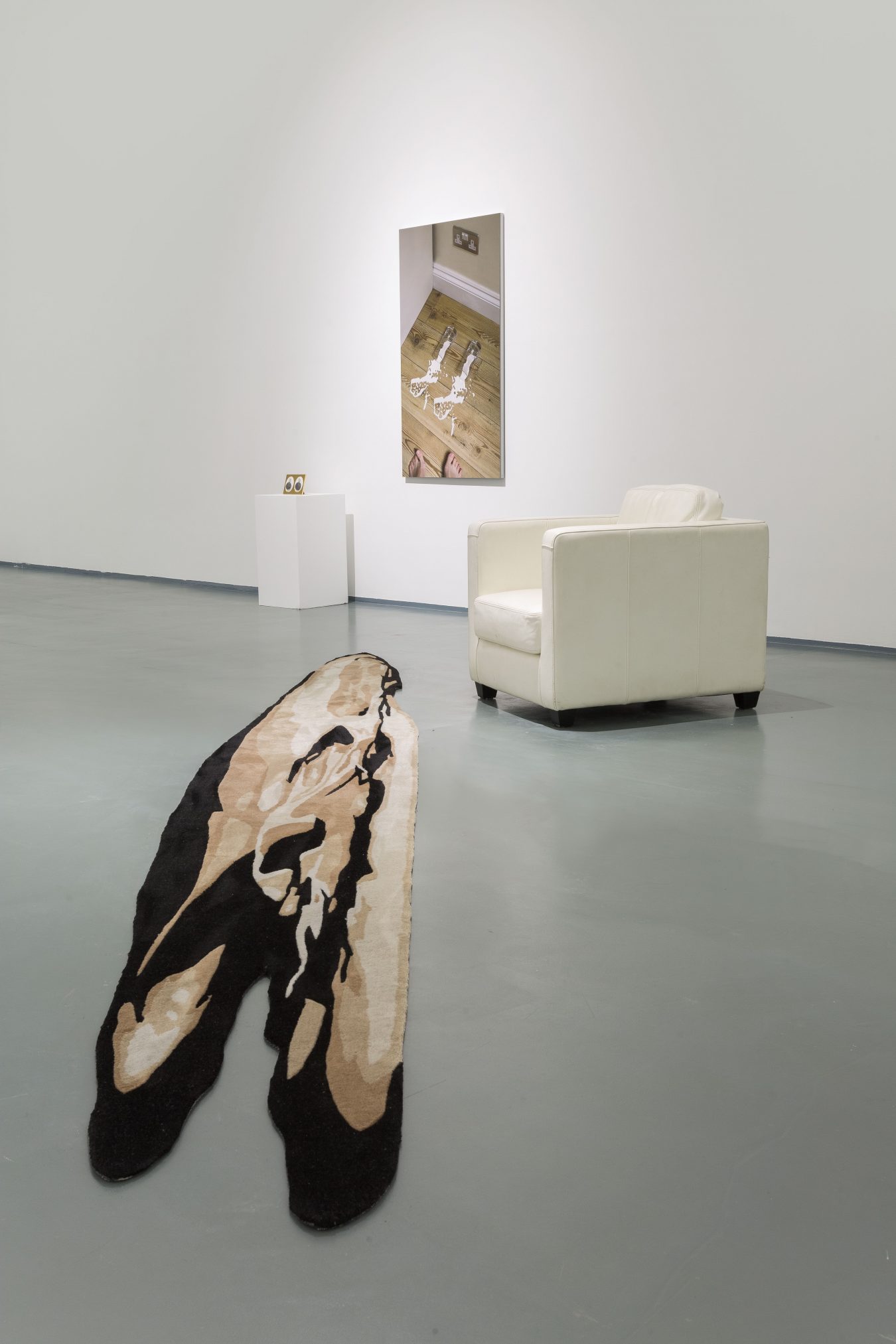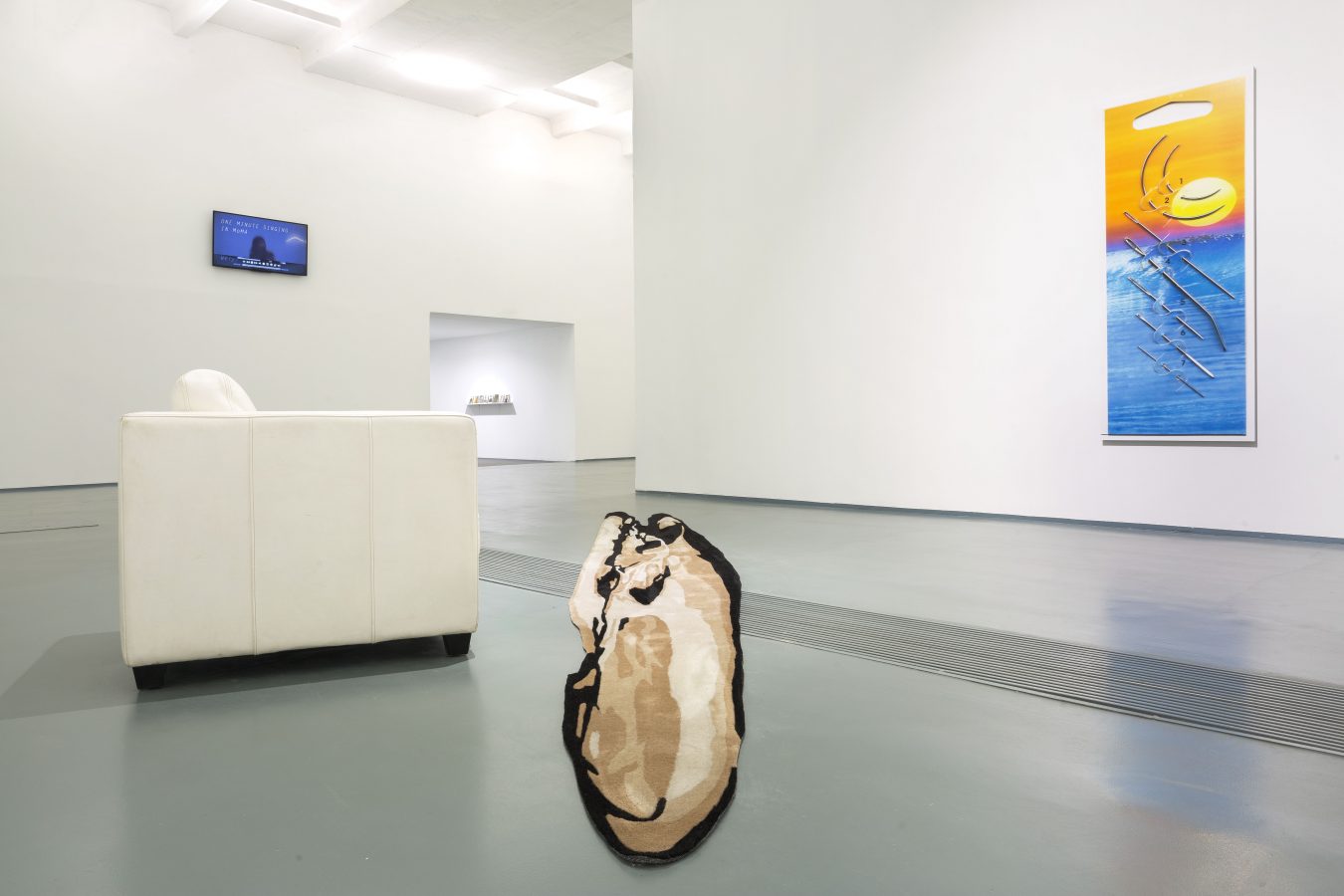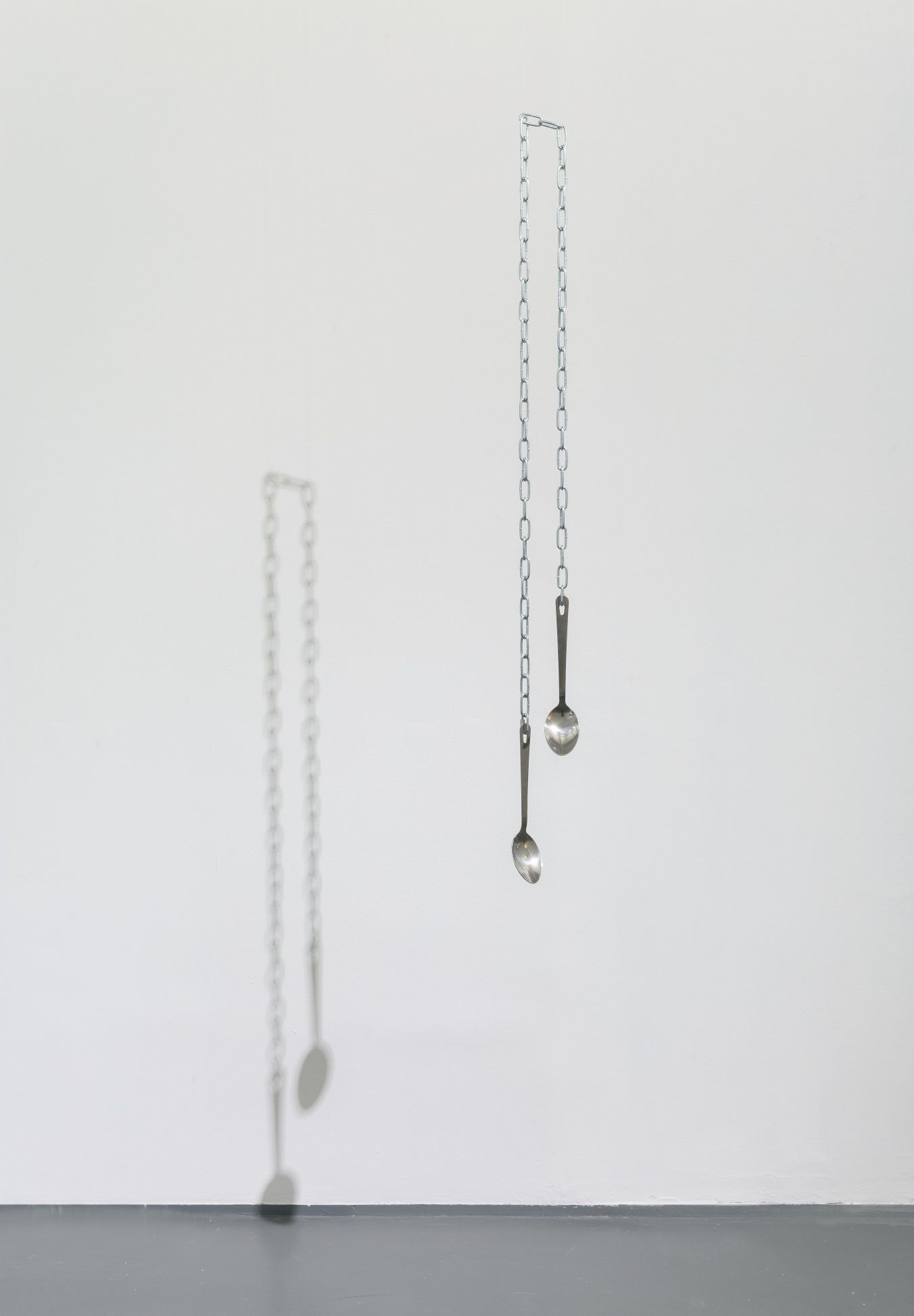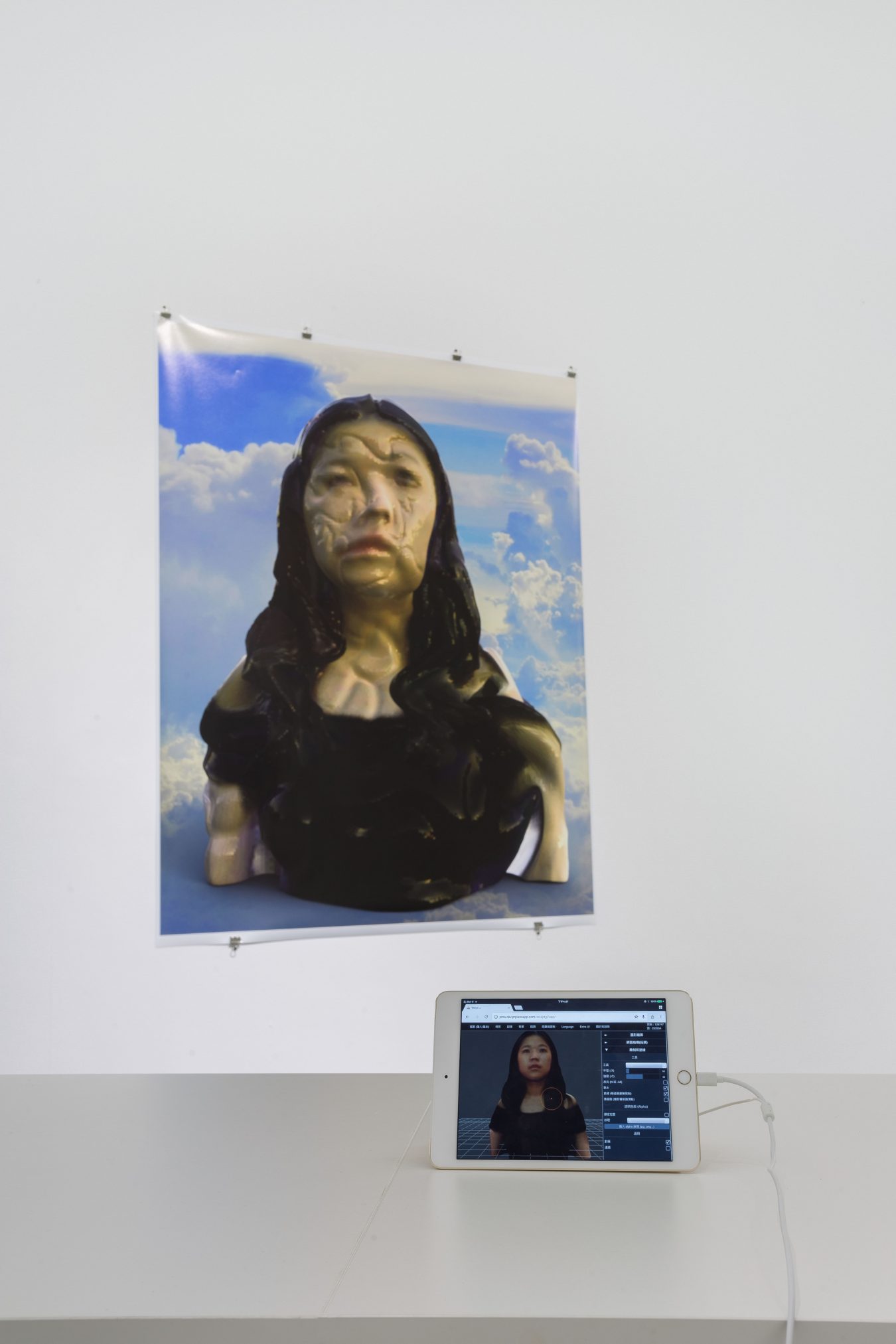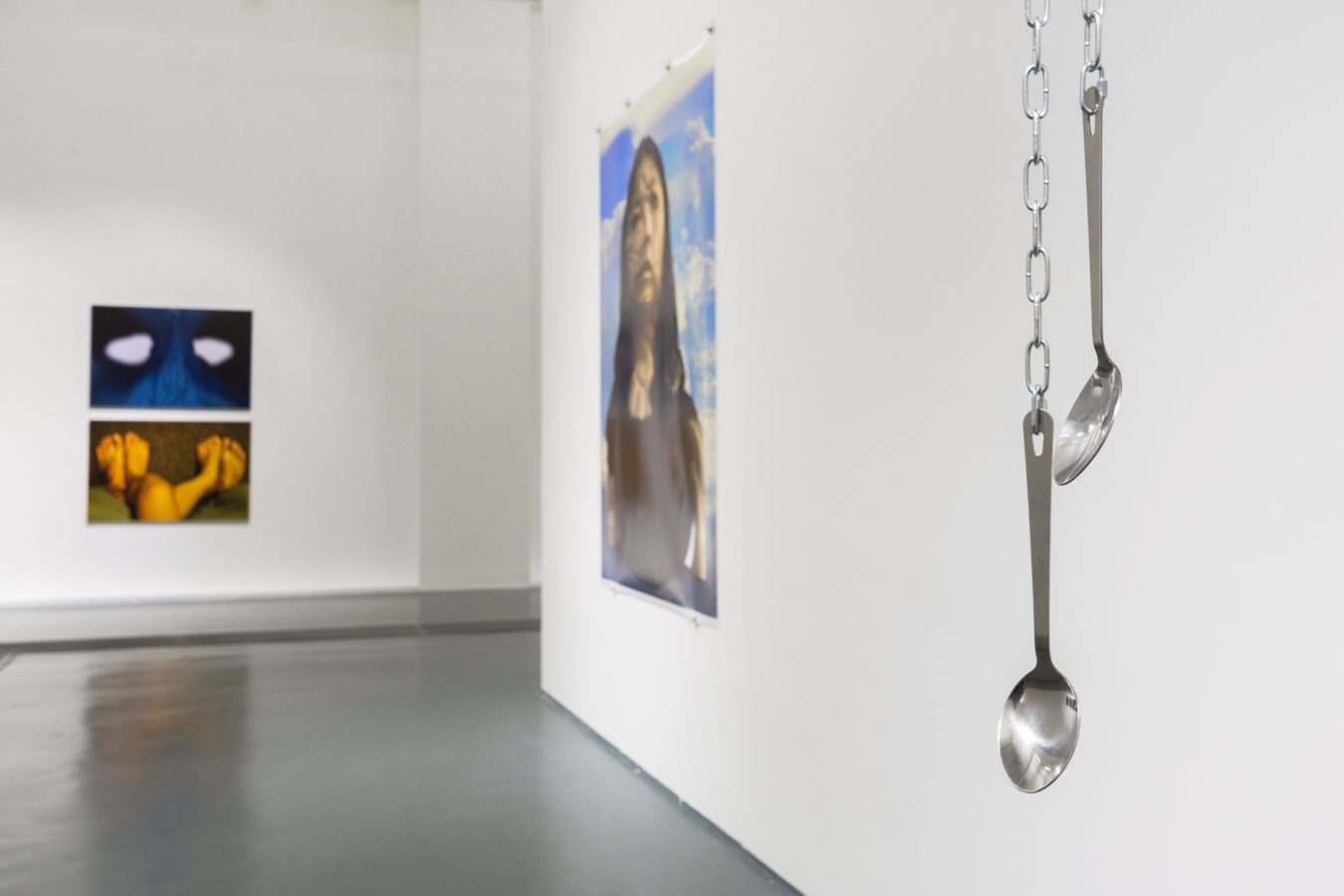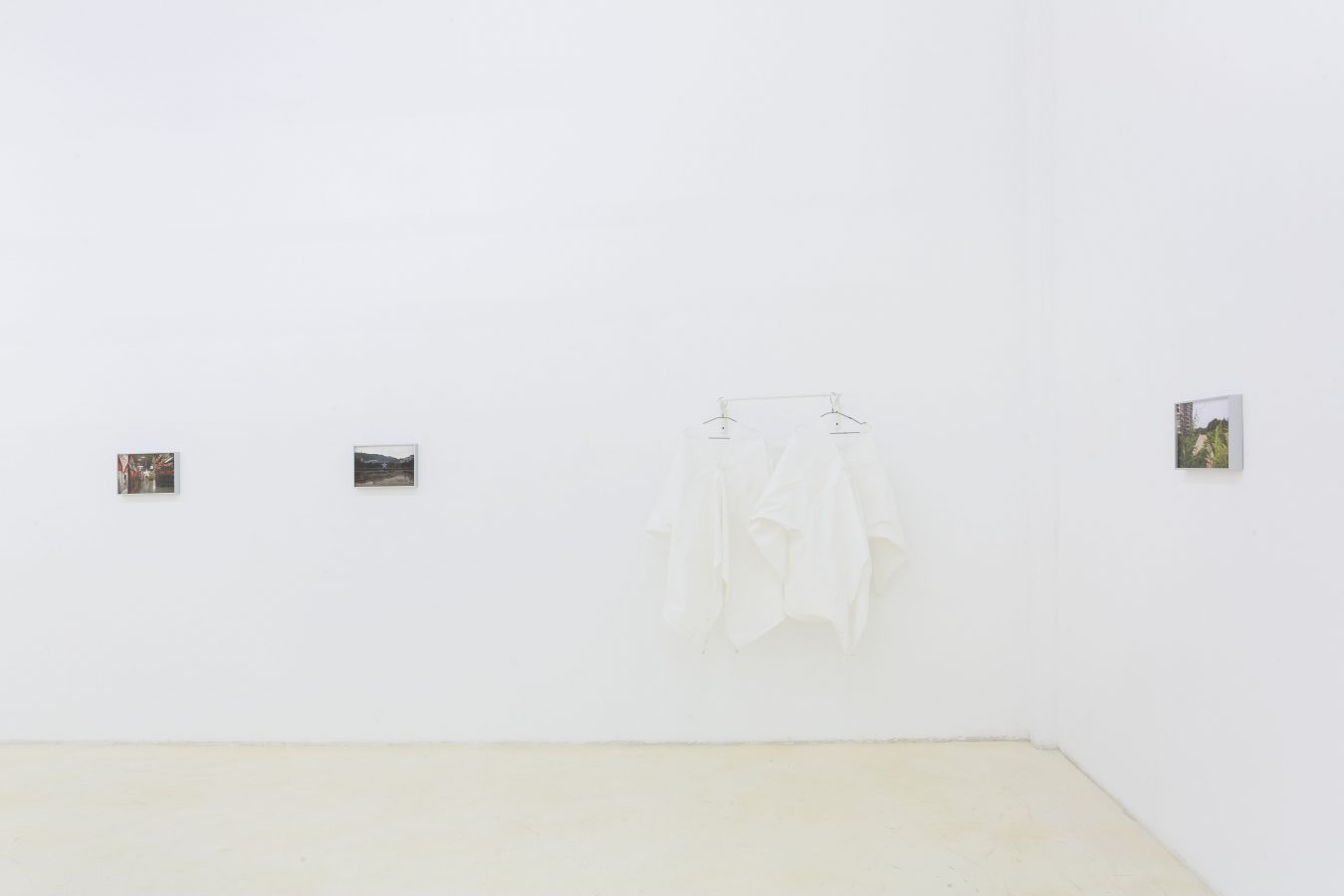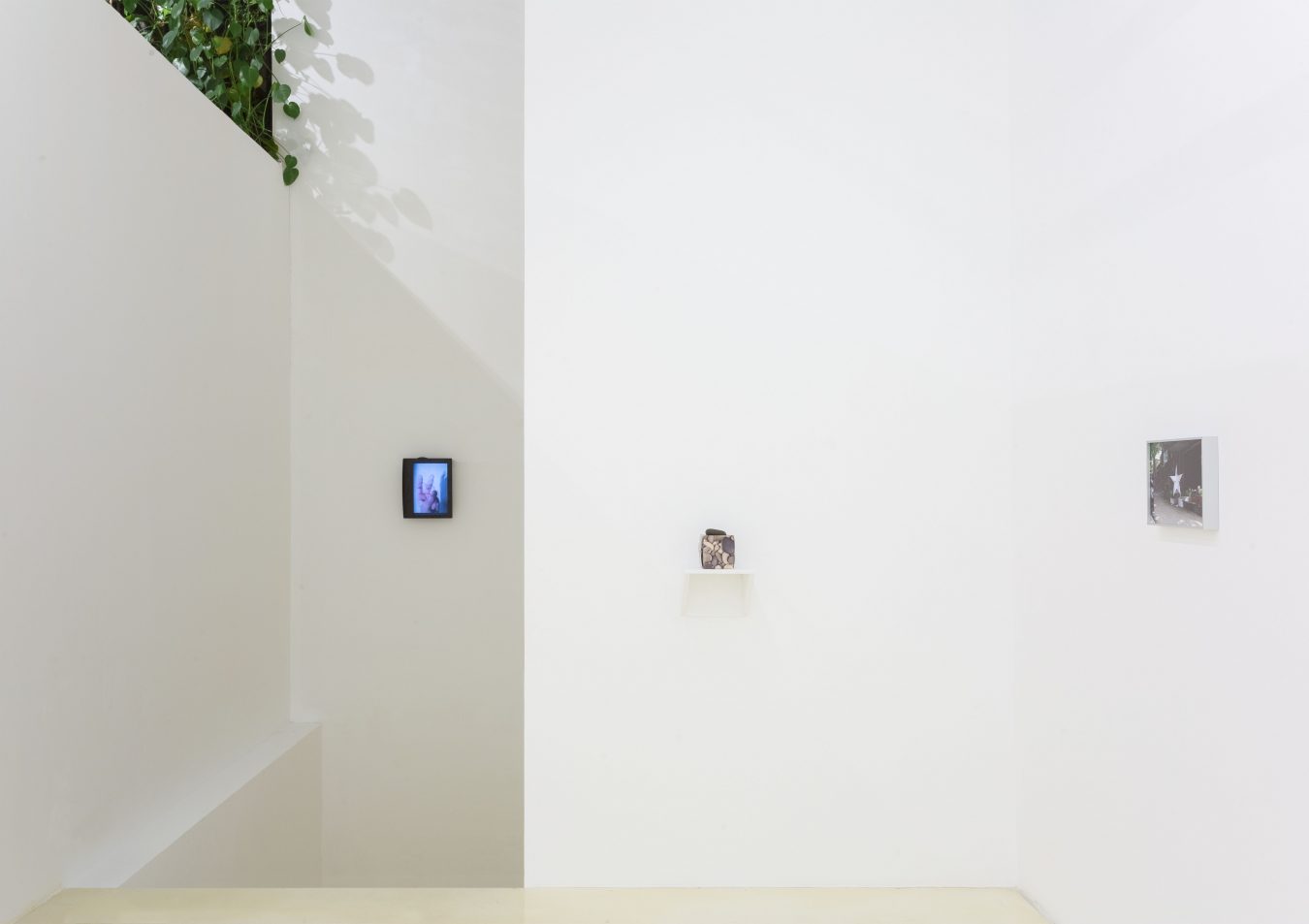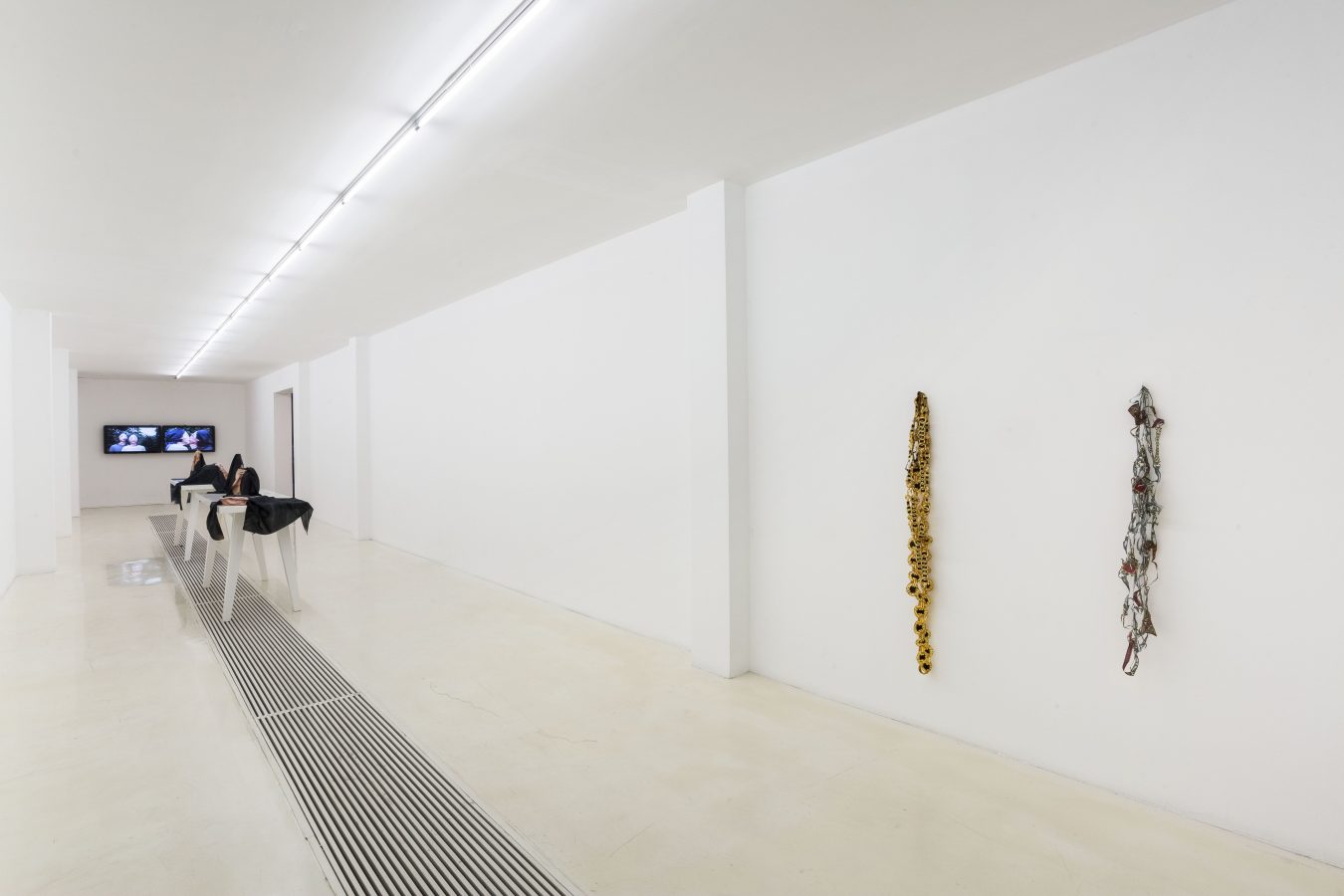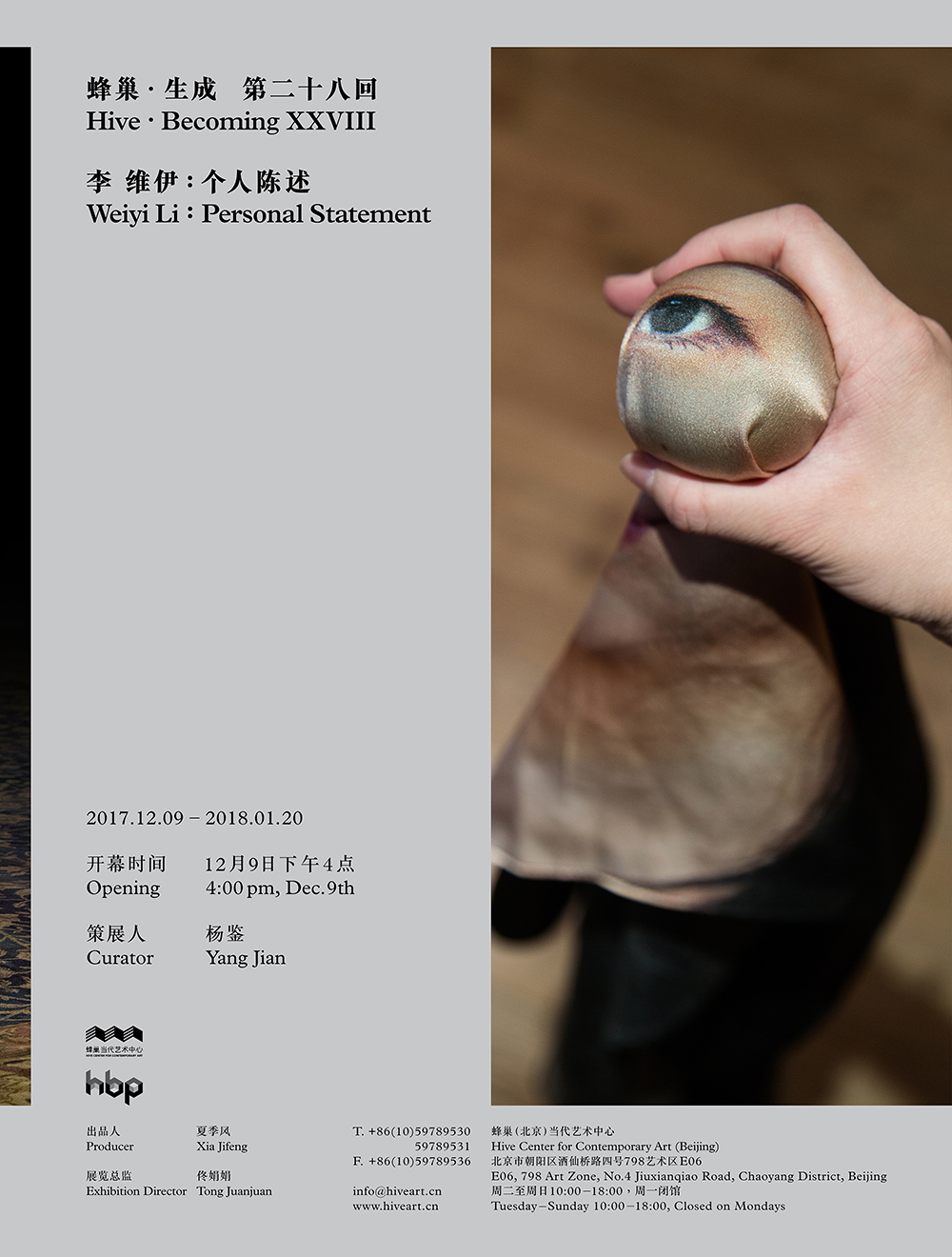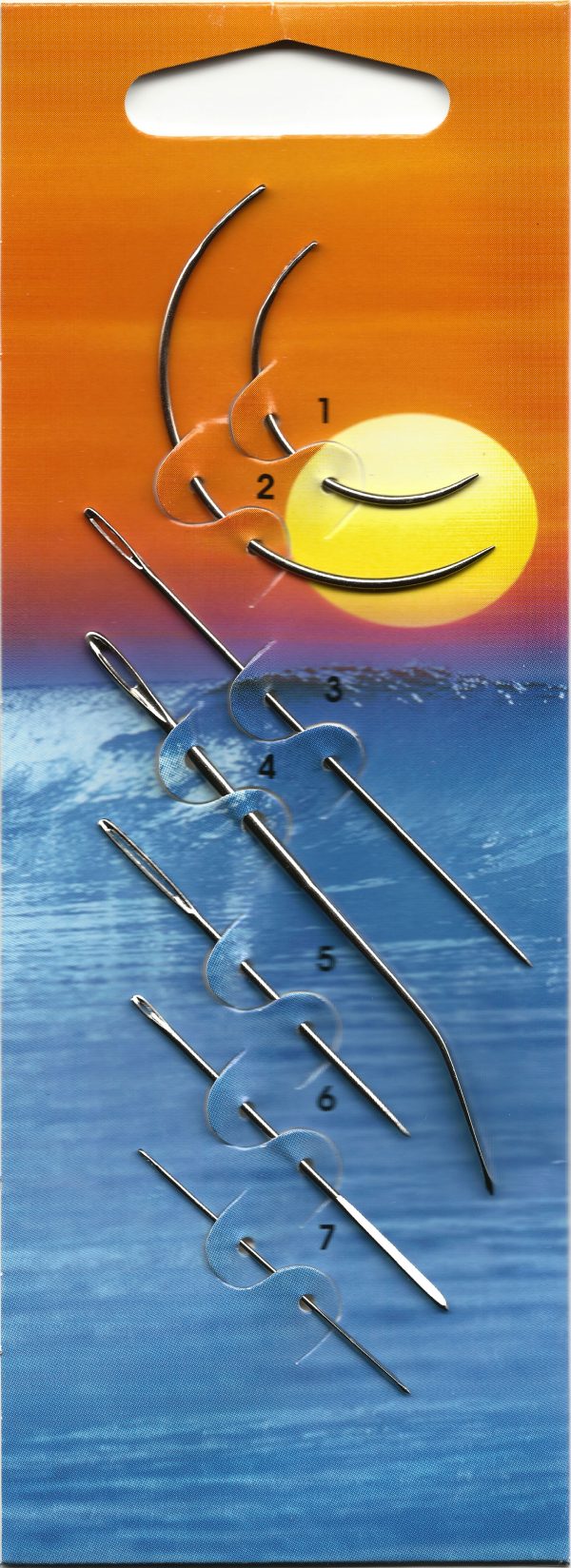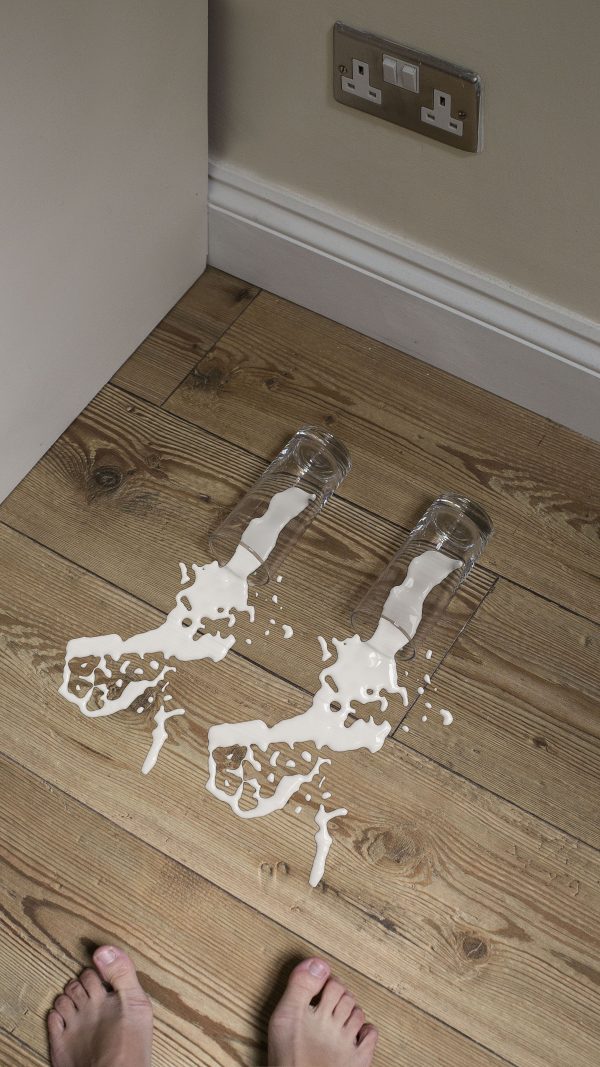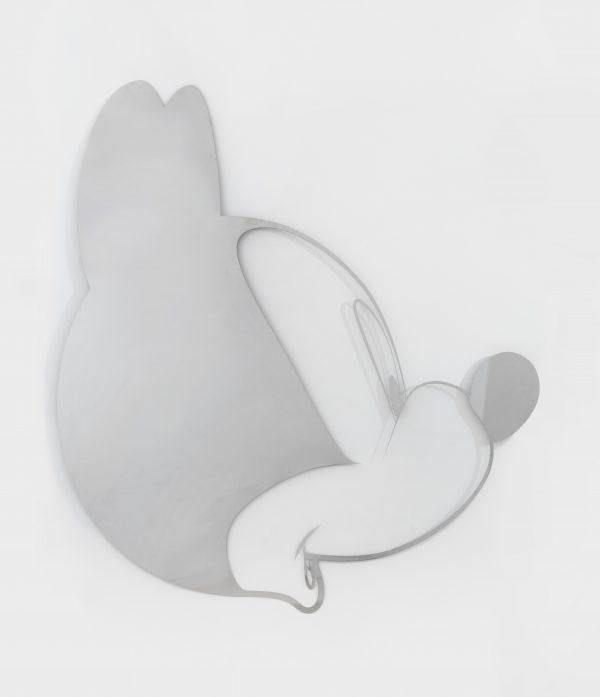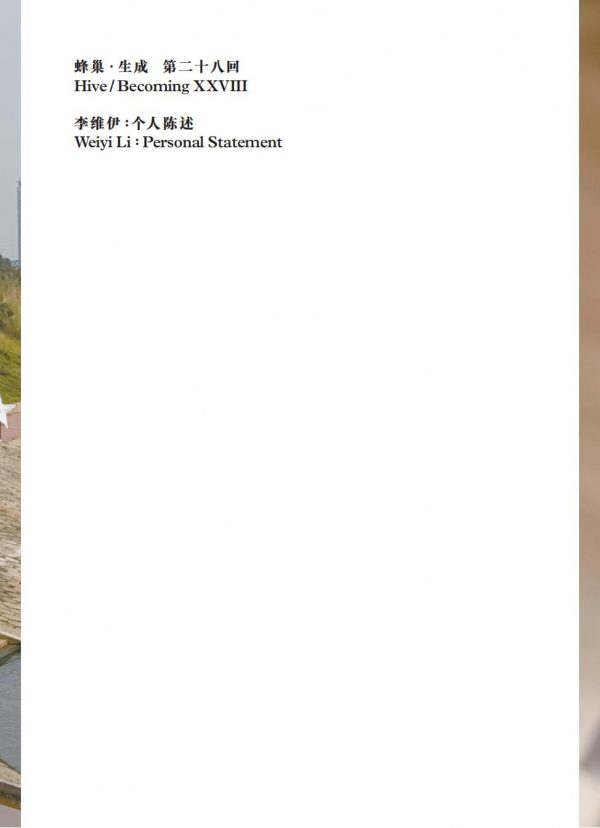Hive Becoming XXIV will announce the Weiyi Li: Personal Statement in hall C\D\E from Dec 9th to Jan.20th,2018.
Part of Weiyi Li: Personal Statement
I tend to avoid or skimp on writing tasks like “personal statement of the artist” simply because I don’t have nor will I pretend to have the answers to such questions as “What is your chief concern?”, “What do you strive to convey through your art?” or “what are the major techniques you apply in your works”. If artists have any obligation to fulfill or the right to strive for, wouldn’t it be the guts to spell out “I don’t know”? If artists today can take to the street in opposition against a stupid president as well as his radical immigration policies, why wouldn’t they do the same if denied the right to say “I don’t know” out loud.
Take Tang Yin as an example, the renowned artist in the Chinese Ming Dynasty who differs completely from contemporary artists in terms of lifestyle and art-making pattern. He insisted on making a living by selling his own works while refusing to concoct pills of immortality as a Taoist priest, to sit in meditation as a Buddhist monk, to be a merchant or a farmer. In other words, there was no religion adequate to depict the model of his inner world or given social position suitable to settle him in, nor was there any existing language to characterize what he wanted to do. Someone must have perceived the wastage in communication, the futility of language, and the inexplicability of fate, which explains why he wanted to create works of art as well as why and how he illustrated his works to other people.
I’m by no means anti-intellectual. Quite to the contrary, I acknowledge the remarkable charm of intelligence and knowledge. But the way I see it, we do need “I don’t know” as our weapon to counterstrike against the times when knowledge and even intelligence have become resources to be plundered or possessed. In this fight, we may settle for results less than a victory but sustaining strikes without fighting back is never an option. After all, while being an artist means taking a retrograde path, the aim is neither to turn the unknown into the known
nor to anchor the uncertain with language. Instead of colonizing the field of intelligence for maximum exploitation of resources, artists should venture tirelessly into and linger relentlessly around the uncharted territory. The moment they realize that they have gained some substantial knowledge of the previously unknown terrain, they should never hesitate to move onto the next virgin land. If they end up in a world familiar to all, they shall undertake the mission to restore the original unknown nature of the territory by removing the flags already raised by previous adventurers and erasing the existing delineation and definition therein. Simply put, the mission of an artist is to dissolve the solidified and to clear up the world like formatting a fully loaded hard drive.
It’s so frightening for an artist to write an interpretative personal statement precisely because such writing resolutely guarantees to other people that “I know what I am doing” and it is extremely cooperative in surrendering what should have been adhered to most. Only when artists regard their personal statement as the training of pretending to be someone else will such writing benefit the authors themselves because it is only under such circumstances that the absurd confrontation between artists and audience is dissolved. As viewers, the artists need not be anxious to account for what they did. They can instead engage themselves in search for rules and clues, with a clean conscience even in face of categorization, simplification, and misinterpretation of their works. Since they now are not themselves but somebody else. This is exactly what this exhibition is about. This exhibition offers me the opportunity to look into this artist named Weiyi Li as if by hacking into her cell phone, browsing through her WeChat records, and even shamelessly entering her name in the search engine. I can comb through and display what I see about this artist within the space of the exhibition that amounts to her personal statement. The entire endeavor of the exhibition is intended not to account for “what she has done” or “what she tries to convey” but to depict meticulously “what she looks like”, “what has shaped her” and “what makes her the person she is like a primary school kid faithfully documenting the growth of morning glories.
